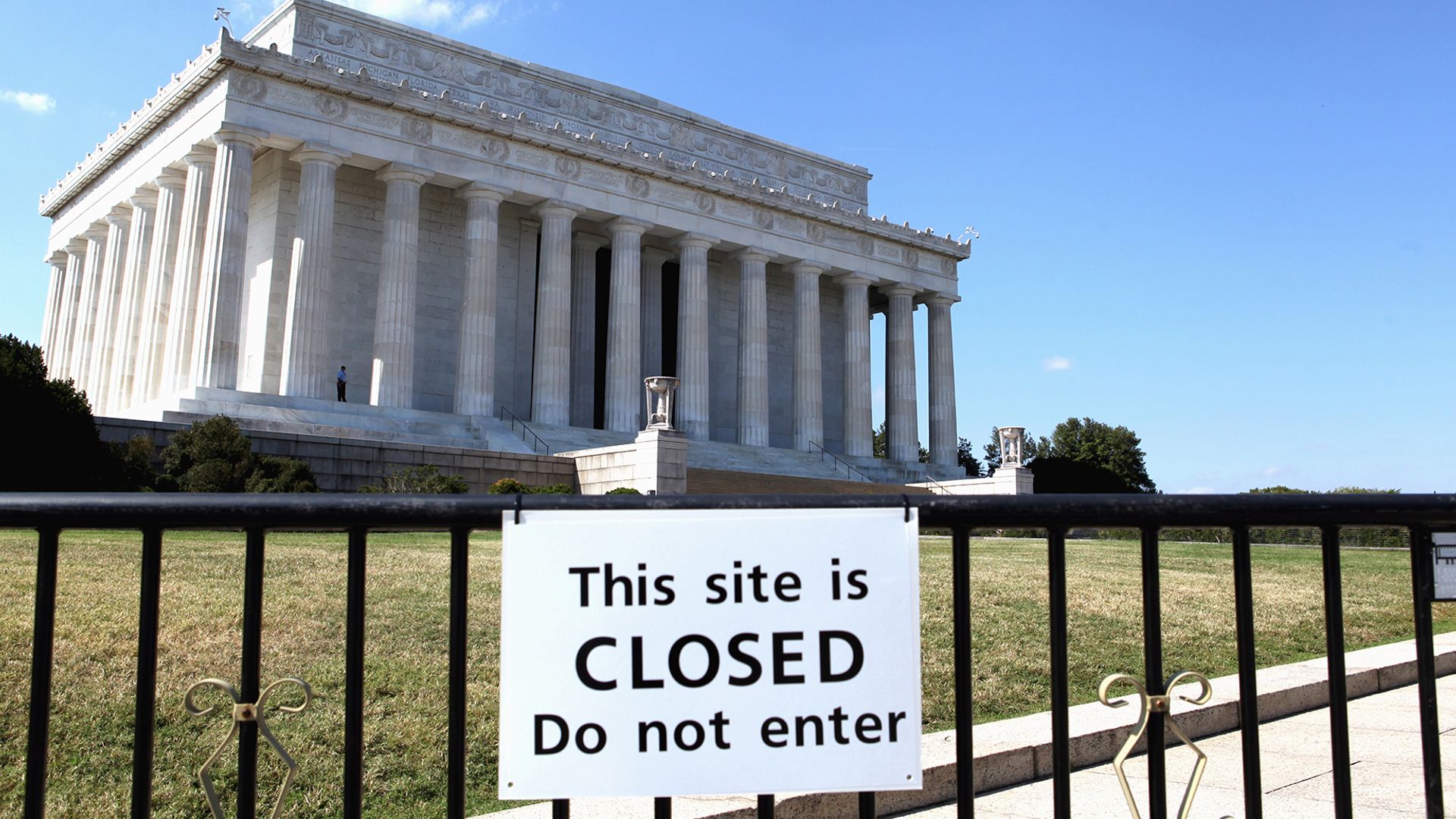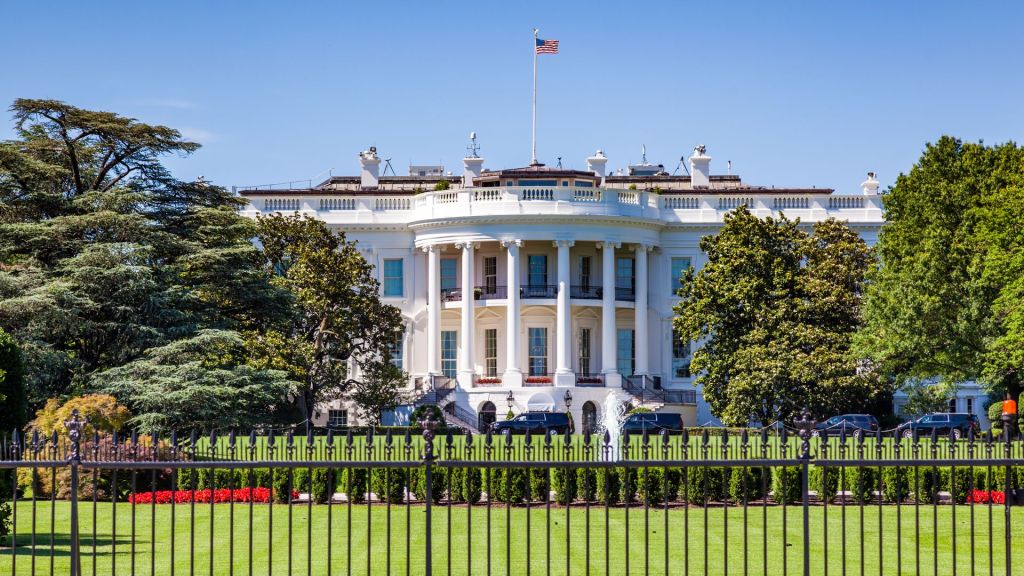
SIMONE DEL ROSARIO: THE U-S GOVERNMENT’S BARRELING TOWARD A SHUTDOWN. AND YOU MIGHT BE THINKING, DIDN’T WE JUST DEAL WITH A SPENDING CRISIS A FEW MONTHS BACK?
I’M SIMONE DEL ROSARIO WITH SAN. AND HERE’S THE DIFFERENCE BETWEEN A GOVERNMENT SHUTDOWN AND A DEBT DEFAULT.
CONGRESS IS SUPPOSED TO PASS SPENDING LEGISLATION TO FUND GOVERNMENT OPERATIONS EVERY FISCAL YEAR, WHICH STARTS ON OCTOBER FIRST.
IF CONGRESS FAILS TO PASS THESE BILLS, AGENCIES DON’T HAVE ENOUGH MONEY TO KEEP THE LIGHTS ON, AND THEY HAVE TO SHUT DOWN.
MOST OF THE TIME, THAT MEANS NON-ESSENTIAL EMPLOYEES GO HOME AND GOVERNMENT WORK DOESN’T GET DONE UNTIL A DEAL IS REACHED.
THIS IS USUALLY HIGHLY POLITICAL. IN 2013 THE GOVERNMENT SHUT DOWN OVER OBAMACARE, AND IN 2018 IT WAS A SPAT OVER FUNDING TRUMP’S BORDER WALL.
A DEBT DEFAULT WOULD BE CATASTROPHIC.
CONGRESS SETS A HARD LIMIT ON HOW MUCH THE U-S CAN BORROW TO PAY ITS BILLS.
WHEN TREASURY REACHES THAT DEBT CEILING, IF CONGRESS DOESN’T RAISE IT HIGHER, THE U-S CAN’T SEND OUT SOCIAL SECURITY CHECKS OR MAKE PAYMENTS ON ITS DEBT, JEOPARDIZING ITS GLOBAL REPUTATION.






